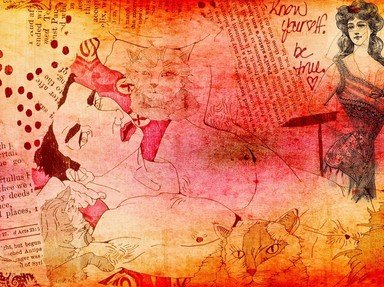Quiz Answer Key and Fun Facts
1. This fiber is known as Aralac, Lanatil, and Merinova. What is the natural substance used to create it?
2. Qiviut is a very soft and sturdy fiber. From which animal is this fiber harvested?
3. What fiber is also known as the diamond fiber?
4. Which fiber, that sounds like a region in India, is finer, stronger, lighter, softer, and approximately three times more insulating than sheep wool?
5. Silk is a luxurious fibre that is created when what happens?
6. The giant panda may eat it, but this grass also makes a wonderful fiber for use in creating textiles. What is this natural product that can be considered fiber for pandas and people alike?
7. You can't have a fiber quiz without a question about wool. How often are sheep sheared?
8. The name of these animals that are native to Peru is also the name of the fibre that is created from their coats. What animal is this?
9. This fiber is also named after the animal from which it is harvested. What is the name of the fiber that comes from a rabbit?
10. Eli Whitney's invention in the 1790s made this natural fiber much easier to produce. What did he patent on October 28, 1793 that helped to make this natural fiber one of the most common ones used in textiles from that point forward?
Source: Author
Trivia_Fan54
This quiz was reviewed by FunTrivia editor
WesleyCrusher before going online.
Any errors found in FunTrivia content are routinely corrected through our feedback system.
